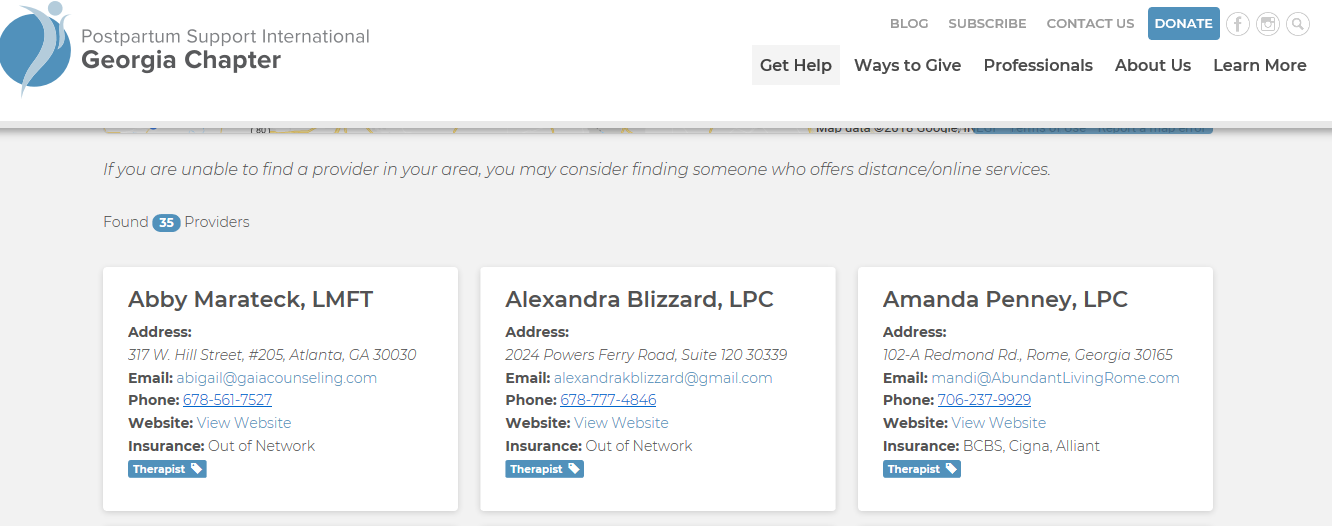Decreasing Postpartum Stress and Depression for Mothers
 Before giving birth, a lot of mothers are not fully aware of “baby blues” or postpartum depression (PPD), although it is incredibly common for women of all backgrounds to experience. About 80% of new moms will experience the baby blues; while 1 in 8 develop postpartum depression. Many moms find the actual birth of their baby and the transition to motherhood can be overwhelming.It’s important for new moms to see their doctor or midwife in the first few weeks after birth to check for postpartum depression. Screening for PPD takes place during a mother's first doctor visit after having baby at two to six weeks. Pediatricians may screen moms again for signs of postpartum depression at 4-6 months and 12 months after birth. The expectation of motherhood, and the reality of having a new baby are often quite different. Mothers should be affirmed in knowing that it is absolutely normal to have emotional changes known as the “baby blues” after the first few weeks of birth. However, if you are experiencing emotional lows longer than 2 weeks it may be postpartum depression. Many moms feel embarrassed or guilty if they are experiencing sadness or the blues. There is huge societal pressure that new mothers are supposed to feel happy and blissful. That pressure can lead to moms clamming up and shutting down and not feeling safe sharing their true feelings.During child birth, physical changes occur and a drop in hormones (estrogen and progesterone) can contribute to postpartum depression. Also, other hormones produced by the thyroid gland may drop leaving you feeling tired, sluggish and depressed.It’s important to understand the difference between PPD and the “baby blues”. Acquaint yourself with the signs and make sure your partner or family members know the symptoms too. They may be the ones who actually notice there’s a problem.
Before giving birth, a lot of mothers are not fully aware of “baby blues” or postpartum depression (PPD), although it is incredibly common for women of all backgrounds to experience. About 80% of new moms will experience the baby blues; while 1 in 8 develop postpartum depression. Many moms find the actual birth of their baby and the transition to motherhood can be overwhelming.It’s important for new moms to see their doctor or midwife in the first few weeks after birth to check for postpartum depression. Screening for PPD takes place during a mother's first doctor visit after having baby at two to six weeks. Pediatricians may screen moms again for signs of postpartum depression at 4-6 months and 12 months after birth. The expectation of motherhood, and the reality of having a new baby are often quite different. Mothers should be affirmed in knowing that it is absolutely normal to have emotional changes known as the “baby blues” after the first few weeks of birth. However, if you are experiencing emotional lows longer than 2 weeks it may be postpartum depression. Many moms feel embarrassed or guilty if they are experiencing sadness or the blues. There is huge societal pressure that new mothers are supposed to feel happy and blissful. That pressure can lead to moms clamming up and shutting down and not feeling safe sharing their true feelings.During child birth, physical changes occur and a drop in hormones (estrogen and progesterone) can contribute to postpartum depression. Also, other hormones produced by the thyroid gland may drop leaving you feeling tired, sluggish and depressed.It’s important to understand the difference between PPD and the “baby blues”. Acquaint yourself with the signs and make sure your partner or family members know the symptoms too. They may be the ones who actually notice there’s a problem. Baby Blues Warning Signs and Symptoms
Baby Blues Warning Signs and Symptoms
- Mood Swings
- Sadness
- Irritability
- Feeling overwhelmed
- Crying
Postpartum Depression Warning Signs and Symptoms
- Excessive crying
- Overwhelming fatigue or loss of energy
- Feelings of worthlessness, shame, guilt or inadequacy
- Severe anxiety and panic attacks
- Thoughts of harming yourself or your baby
If mothers take the necessary steps to receive treatment for PPD, there is a possibility it will go away within six months. PPD can be treated by counseling or medication, but mothers have to remain honest and communicate to ensure medical staff is able to determine the best treatment methods. If you are feeling alone, please do not hesitate to reach out for help.Remember, baby blues can be common for new moms – even normal. Postpartum depression occurs in 1 out of 8 women, so it’s pretty prevalent too. Know you’re not alone and that help and support are available.Action steps:
- Encourage mom to schedule a medical appointment immediately if she is experiencing unfamiliar mood or emotional changes during or after birth.
- Please share with mom that depression is treatable and it is okay to ask for support.
- Encourage mothers to review additional PPD symptoms: http://www.postpartum.net/learn-more/depression-during-pregnancy-postpartum/
- To locate a mental health provider in your area or find a referral for your client, please use HMHB online public portal: https://www.resourcehouse.com/hmhb/ or call us at 1-800-300-9003.
- To locate other resources and additional information, please visit Postpartum Support International (PSI): https://psiga.org/professionals/
- L. (n.d.). Postpartum Depression: A Guide to Symptoms & Treatment After Childbirth. Retrieved January 30, 2018, from https://www.psycom.net/depression.central.post-partum.html
- Depression During Pregnancy & Postpartum. (n.d.). Retrieved February 28, 2018, from http://www.postpartum.net/learn-more/depression-during-pregnancy-postpartum/
- Postpartum depression. (2015, August 11). Retrieved January 30, 2018, from https://www.mayoclinic.org/diseases-conditions/postpartum-depression/symptoms-causes/syc-20376617
- H. (2014). Maternal Mental Health: The Basics and Beyond. Retrieved January 30, 2018, from https://hmhbga.org/wp-content/uploads/Hightower-Session-A.pdf

